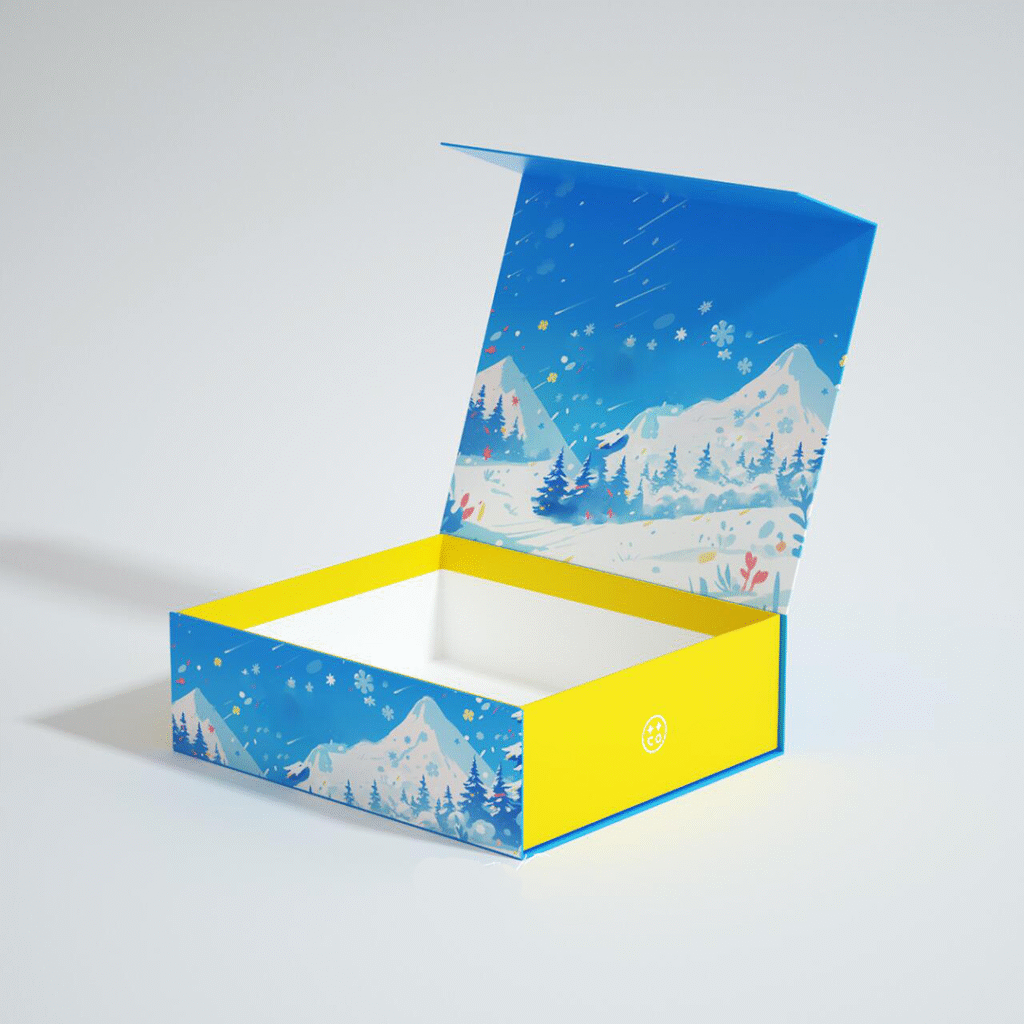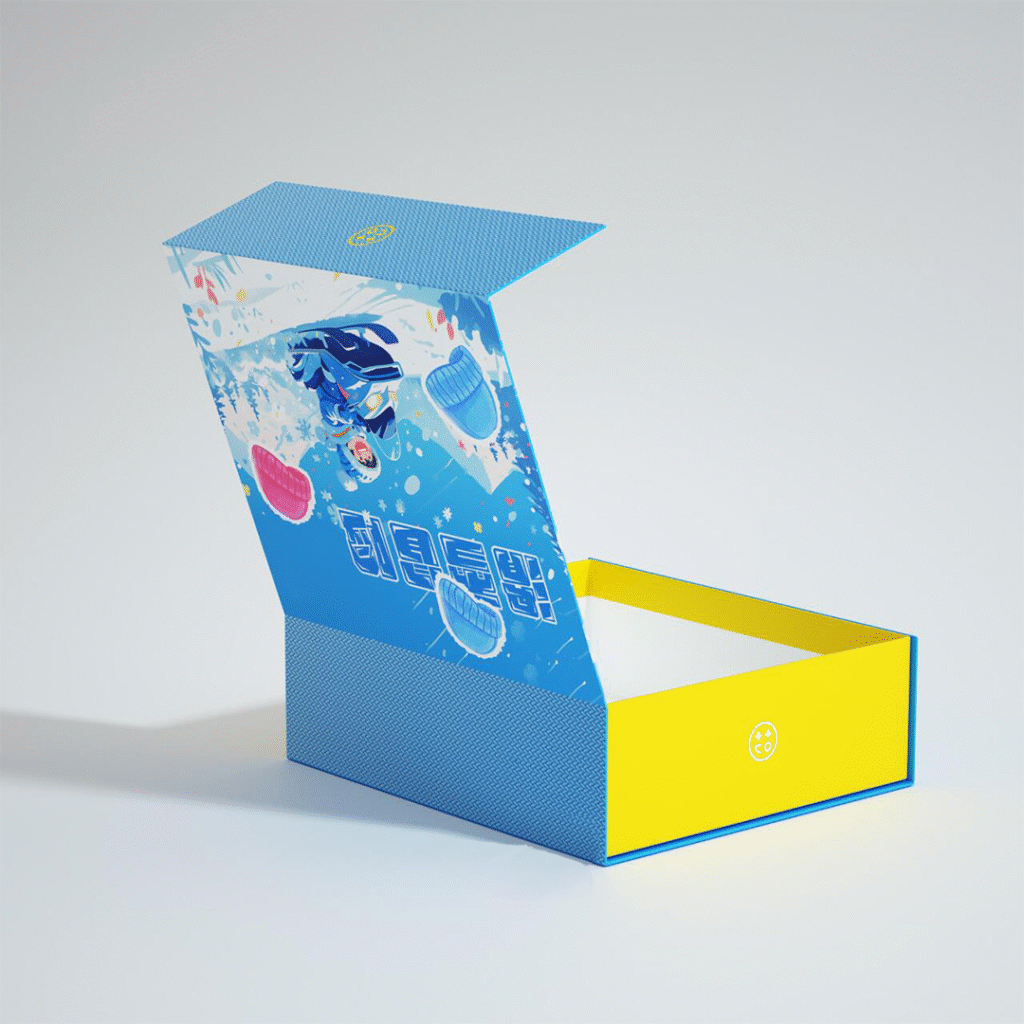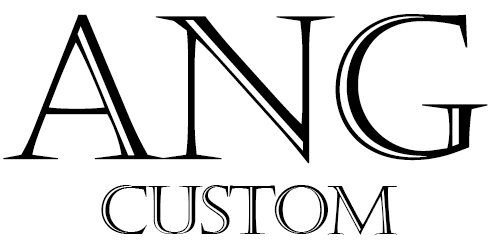Magnetic Boxes for Clothing Brands: A Complete Packaging Solution
A client who runs a luxury women’s dress brand used to ship their silk gowns in generic cardboard boxes. The result? Dresses arrived wrinkled, boxes tore during transit, and customers left reviews saying “the packaging felt cheaper than the dress.” Then they switched to Magnetic Closure Boxes—thick, branded, with a soft interior lining. Six months later, wrinkle complaints dropped by 70%, and 25% of customers mentioned the “beautiful box” in unboxing posts.
For clothing brands, packaging isn’t just a container—it’s an extension of your product’s quality. A silk gown deserves better than a flimsy box, and a tailored suit needs protection that preserves its shape. Magnetic boxes (especially magnetic folding boxes and Premium Packaging Boxes) solve the unique challenges of clothing packaging: wrinkles, damage, and generic branding. This guide breaks down why they’re a must for 服装 brands, how to pick the right type for your garments, and real examples of how they’ve boosted sales.

Why Clothing Brands Need Magnetic Boxes (Not Generic Packaging)
Generic boxes fail at the two biggest pain points for clothing brands: protecting fabric and building brand trust. Here’s how magnetic boxes fix that:
(1) They Prevent Wrinkles (Critical for Delicate Fabrics)
Silk, linen, and wool wrinkle at the slightest pressure—generic boxes cram garments, causing creases that turn customers away. Magnetic Closure Boxes have rigid exteriors that keep shapes intact, and you can add soft liners (like tissue or felt) without bulging the lid. A men’s suit brand switched from generic boxes to Magnetic Closure Boxes with linen liners—wrinkled suit returns dropped from 18% to 3%.
(2) They Feel Premium (Matching Your Clothing’s Value)
When a customer pays $200 for a tailored shirt, a cheap cardboard box sends the wrong message. Premium Packaging Boxes—like magnetic boxes with matte lamination or embossed logos—feel as high-quality as the clothing inside. A women’s knitwear brand used Premium Packaging Boxes with their logo in gold foil; customers said “the box made me excited to open the sweater,” and repeat buys increased by 15%.
(3) They Save Space (Thanks to Magnetic Folding Boxes)
Clothing brands often stock seasonal inventory—bulky rigid boxes take up warehouse space. Magnetic folding boxes collapse flat when empty, cutting storage needs by 70%. A summer dress brand used to rent a extra storage locker for their boxes; after switching to magnetic folding boxes, they fit all packaging under their office shelves, saving $120/month.
The Best Magnetic Box Types for Different Clothing Categories
Not all magnetic boxes work for all garments—what fits a shirt won’t work for a gown. Here’s how to match the box to your product:
(1) Magnetic Closure Boxes for Bulky or Delicate Garments
Suits, gowns, and heavy coats need sturdy Magnetic Closure Boxes with thick walls. A bridal brand uses 28x18x6-inch Magnetic Closure Boxes for their wedding dresses—rigid enough to prevent crushing, and the magnetic lid stays shut during shipping (no more dresses falling out of open boxes). The interior has a soft satin lining that keeps tulle and lace from snagging—“my dress arrived perfect,” one bride wrote in a review.
(2) Premium Packaging Boxes for High-End Basics
Tailored shirts, cashmere sweaters, and designer jeans deserve Premium Packaging Boxes that feel luxurious but not over-the-top. A men’s shirt brand uses 16x12x3-inch Premium Packaging Boxes with a matte finish and their logo embossed on the lid. The boxes are just big enough for a folded shirt (with a tissue paper wrap) and small enough to feel “thoughtful,” not bulky. Customers often reuse the boxes to store shirts—free brand exposure.
(3) Magnetic Folding Boxes for Seasonal or Small Items
T-shirts, scarves, and accessories (like belts or hats) work great with magnetic folding boxes. They’re lightweight, easy to store, and still feel polished. A winter scarf brand uses 10x8x2-inch magnetic folding boxes—they collapse flat during summer months (saving space) and pop open easily when it’s time to ship. The magnetic lid keeps scarves from shifting, and the brand’s logo on the front builds recognition.
How to Customize Magnetic Boxes for Your Clothing Brand
Customization turns a “nice box” into a “brand asset.” Here are the tweaks that matter most for clothing brands:
(1) Add Fabric-Friendly Linings
Avoid rough cardboard interiors—opt for soft liners that match your garment’s fabric:
-Silk or satin liners for delicate items (gowns, silk shirts) to prevent snags.
-Felt liners for knitwear (sweaters, scarves) to reduce pilling.
-Acid-free tissue paper (included in the box) for vintage or heirloom pieces (like bridal gowns).
A women’s silk blouse brand added satin liners to their Magnetic Closure Boxes—customers said “the blouse felt like it was in a luxury drawer,” and unboxing videos got 2x more views.
(2) Print Care Instructions (Not Just Logos)
Clothing customers love convenience—print small care tips on the box’s interior (e.g., “Dry clean only” or “Iron on low heat”). A linen dress brand did this on their Premium Packaging Boxes; customers mentioned it in reviews, saying “I didn’t even need to check the tag—so helpful.” It’s a small touch that builds loyalty.
(3) Match Box Size to Garment Fold
Don’t force a garment into a box—fold first, then size the box. For example:
-A folded suit needs a 24x18x4-inch box (not smaller, or shoulders will crease).
-A folded t-shirt fits a 12x8x2-inch box (not larger, or it will shift).
A men’s suit brand ignored this and ordered boxes that were 2 inches too small—they had to fold suits an extra time, ruining the shoulder shape. After resizing to match the fold, returns dropped by 20%.

Real Example: A Shirt Brand That Tripled Unboxing Shares
A small men’s shirt brand was struggling to stand out—they sold great shirts but used generic boxes. Here’s how magnetic boxes turned things around:
-They switched to 16x12x3-inch Premium Packaging Boxes with a navy matte finish (matching their brand color).
-Added a small felt liner to prevent collar creases.
-Printed “Fold along this line to keep your shirt crisp” on the interior (a useful tip).
-Used magnetic folding boxes for storage—they cut their warehouse space by 60%.
Result? Unboxing shares on Instagram tripled, and customers started tagging the brand in “shirt storage” posts (reusing the boxes). Sales of their premium shirt line increased by 30% in three months.
How to Get Started with Magnetic Boxes (Without Overspending)
You don’t need a big budget—start small:
-Order 100–200 samples (most suppliers offer low MOQs for magnetic folding boxes or Premium Packaging Boxes).
-Test with your best-selling garment (e.g., your top shirt or dress) to see customer feedback.
-Scale up once you confirm returns drop or unboxing engagement increases.
A women’s sweater brand started with 100 magnetic folding boxes—they saw a 10% drop in returns and ordered 500 more the next month.
Wrapping Up
For clothing brands, magnetic boxes aren’t just packaging—they’re a way to protect your product, build trust, and make customers feel valued. Whether you’re using Magnetic Closure Boxes for gowns, Premium Packaging Boxes for shirts, or magnetic folding boxes for scarves, the right box will turn a “delivery” into an experience.
The silk dress client I mentioned earlier summed it up: “We used to think boxes were a cost. Now they’re an investment—one that brings back more customers.”
Ready to elevate your clothing packaging? Pick a magnetic box that matches your garment’s quality—and watch your customers fall in love with the unboxing.
Need Expert Guidance?
ANG specializes in custom packaging for global fashion brands. Contact us for a free consultation material and sample.
